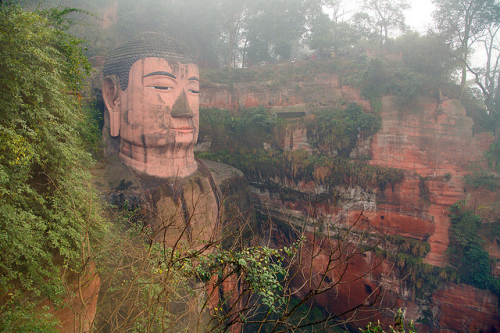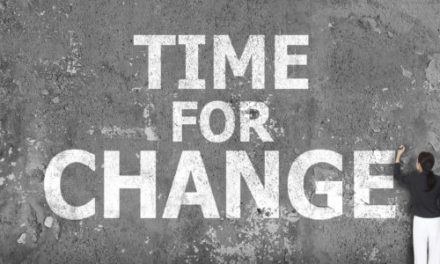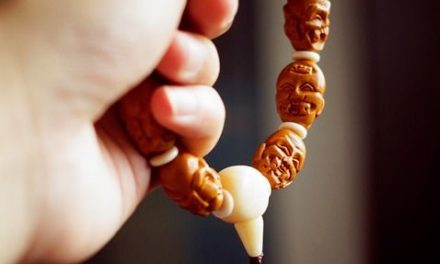
Beyond a yoga fashion trend, what are malas exactly? How are they used? And is there any actual practical use for them?
By Nyk Danu
If you spend enough time in Yoga and Buddhist circles you’re bound to see people walking around with beaded jewelry (aka malas) on their wrists and necks.
Beyond a yoga fashion trend, what are malas exactly? How are they used? And is there any actual practical use for them?
Meditation malas are a string of beads traditionally used in meditation to count mantras or sacred phrases. The word mala means, heavenly garland. Mala beads have been used in Buddhism and Hinduism for centuries and can also serve as a beautiful reminder of the Dharma we are trying to put into practice in our daily lives. I’ll focus specifically about the use in the Buddhist tradition because that is my practice.
Malas are considered sacred jewelry. Depending what it is made of, it may also have energetic qualities. Buddhist malas are often made of different woods like sandalwood, rosewood or even lotus seeds, but malas can also be made from semi-precious stones which have energetic qualities so they can purify your energy field and be worn medicinally.
Typically 108 bead strings, they include a larger centered ‘guru’ bead, but sometimes this number is halved (54) or quartered (27) for smaller malas like ones worn on wrists. Often they have a tassel and sometimes they’re knotted below the guru bead. Some malas are simply strung on a cord and some are hand knotted in between each bead. I find the hand knotted ones last longer before needing to be restrung.
108 is an auspicious number in Yoga and meditation for many reasons.
A few favorite reasons are:
It has been said there are 108 energy lines connecting to the heart: Many choose to recite their mantras in Sanskrit, the ancient script of India. Within the Sanskrit alphabet, there are 54 letters. Each letter has a feminine and masculine version—totaling 108.
The Trip to Enlightenment: We go through 108 stages on the journey to enlightenment.
Mantras: When using mala beads in meditation and chanting mantras, a complete round is actually 100 times. The eight extra beads are to account for any mistakes or can be given as an offering to your teacher or as metta for the world.
But you don’t have to be Buddhist or even have a regular meditation practice to use mala Beads. Malas can be great reminders of new habits you are trying to cultivate. They can be a great tool for grounding in times of anxiety or to access your memory for exams.
Cleaning and Clearing your Mala
Whether you’ve bought your mala in a store yourself or have been given one as a gift it’s a good idea to clear it of any unwanted energy. Either get it blessed by your teacher or infuse it with your intentions before using it. You will also want to clear and clean your mala at least seasonally.
Malas can be cleared many ways:
- You can clear your mala with sage, palo santo or incense by running it through the smoke back and forth for a few minutes.
- Use natural elements like the moon and the sun, putting your mala outside on the night of the full moon and the following mornings’ sunrise, to charge it with energy.
- Sound vibration tinkshas, singing bowls and gongs are a great way to clear energy and infuse your mala with sacred sound.
Each time you use your mala with a mantra, bless it with your intentions. Once clear of unwanted or stale energy, it’s time to fill that baby up with good vibes! If you have a regular yoga, meditation or spiritual teacher you could ask them to bless your mala once it’s cleared.
Or, you can infuse it with your own intentions by following these steps:
Sit down as close to the earth as possible.
Take a few deep belly breaths to centre and ground yourself.
Bring to mind your intention, it’s best to have one, and try to distill it into one word if you can.
Hold your hands in Anjali Mudra palms, fingers touching,with the mala between your hands and stay focused on your intention. Say it clearly 3-5 times and viola your mala has been blessed.
You can use your mala many ways, my favorites are:
Counting the number of mantra recitals.
As a tool for anxiety, taking a deep belly breath while sliding along a bead.
In exams, recalling something you know you know, pause, put down your pen and slide along a few beads until you’re calm again. The answer will often appear.
For visual and kinetic reminders of your practice, wear it or place it somewhere likely to be seen repeatedly throughout the day.
When you’re not using or wearing your mala, store it in a clean and preferably sacred space. They’re often stored on a personal altar or statue of a Buddha.
Traditionally there are guidelines on how to correctly use your mala. In India, malas would be used in the right hand (for sanitary reasons) but in many traditions, it doesn’t matter which hand is used. Hold the mala on the centre of your middle (sky finger) and the thumb (earth finger). Slowly, slide each bead over your finger and repeat your mantra or intention (out loud or internally). Once you reach the guru bead, don’t cross over it (this is the symbolic equivalent of stepping over your teacher’s head). Instead, pause. Pinch the last bead and flip the mala to start again or just reverse directions.
There you have it, Mala 101. Although malas have ancient spiritual history and can be used for meditation and intention, they can also be used for healing, memory and anxiety.
So next time you want to pull out your smart phone to pass some time, pull out your mala instead.
Nyk Danu, lC-IAYT, CYA-ERYT 550 lives in the enchanted city of Victoria on magical Vancouver island, where she teaches therapeutic yoga to those who are not human pretzels. Nyks’ classes are filled with Misfits, Underdogs, Rebels, introverts, Geeks and Bookworms. When Nyk is not hanging out in Yoga studios You’ll find her expanding her personal tattoo collection. Or just as likely curled up at home with a cat on her lap watching Star Trek or immersed in a book. You can learn more about Nyk and sign up for free yoga videos on her website nykdanu.com.
Photo: Deposit photos
Editor: Dana Gornall
Comments
- Zen Buddhism and the Blues - April 5, 2024
- Escaping from Jehovah’s Witnesses through a Buddhist Path - March 24, 2024
- Getting to Know Holly Herring - February 29, 2024




